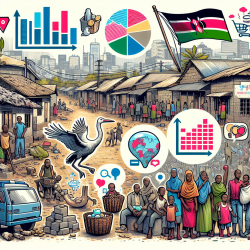In recent years, the Icelandic Model for Preventing Adolescent Substance Use has gained international attention for its remarkable success in reducing substance use among youth. This community-focused approach emphasizes collaboration and strategic implementation of prevention measures. Here’s how you can improve your skills by implementing the outcomes of this research or by delving deeper into further research.
The Core Steps of the Icelandic Prevention Model
The Icelandic Prevention Model (IPM) is built on ten core steps that guide communities in creating environments that deter adolescent substance use. These steps are divided into three main categories: building community capacity, implementing core processes, and ensuring repetition. Here’s a closer look at these steps:
- Community Capacity Building: This involves identifying and developing local coalitions and securing funding. It’s crucial to have a dedicated team of local leaders, including school officials, parents, and community professionals, who can drive the initiative forward.
- Implementation of Core Processes: This includes data collection and processing to understand local risk factors and disseminating findings to engage the community actively.
- Repetition: The model emphasizes repeating these steps annually to ensure long-term success and cultural change within the community.
Engaging Your Community
A key element of the IPM is engaging the entire community in the prevention process. This involves organizing meetings to raise awareness about substance use issues and encouraging participation in prevention activities. Providing logistical support such as childcare or transportation can help reduce barriers to participation.
The Importance of Data
The IPM relies heavily on data-driven diagnostics. Collecting high-quality data from schools allows communities to tailor their strategies to address specific local risk factors effectively. Ensuring high student participation rates in data collection is crucial for accurate diagnostics.
Sustaining Long-Term Change
The iterative nature of the IPM means that communities must commit to long-term change. By repeating the model’s steps annually, communities can gradually shift cultural norms around substance use. This sustained effort is essential for achieving lasting results.
The Icelandic Model provides a comprehensive framework for preventing adolescent substance use through community collaboration and strategic implementation. By following these steps, practitioners can create environments that support healthy youth development and reduce substance use initiation.
If you’re interested in exploring this model further or implementing it in your own community, consider reading the original research paper: Implementing the Icelandic Model for Preventing Adolescent Substance Use.










